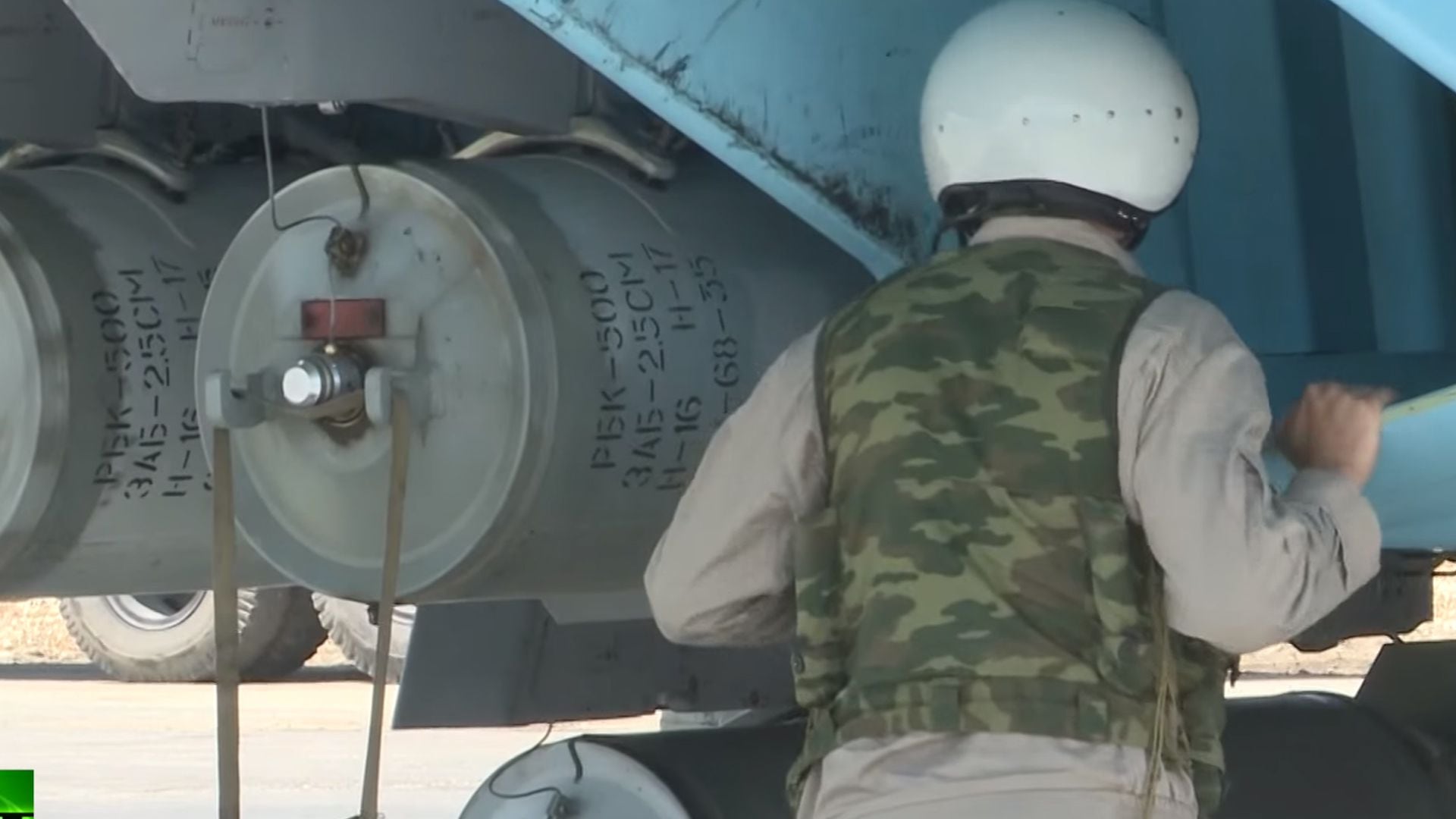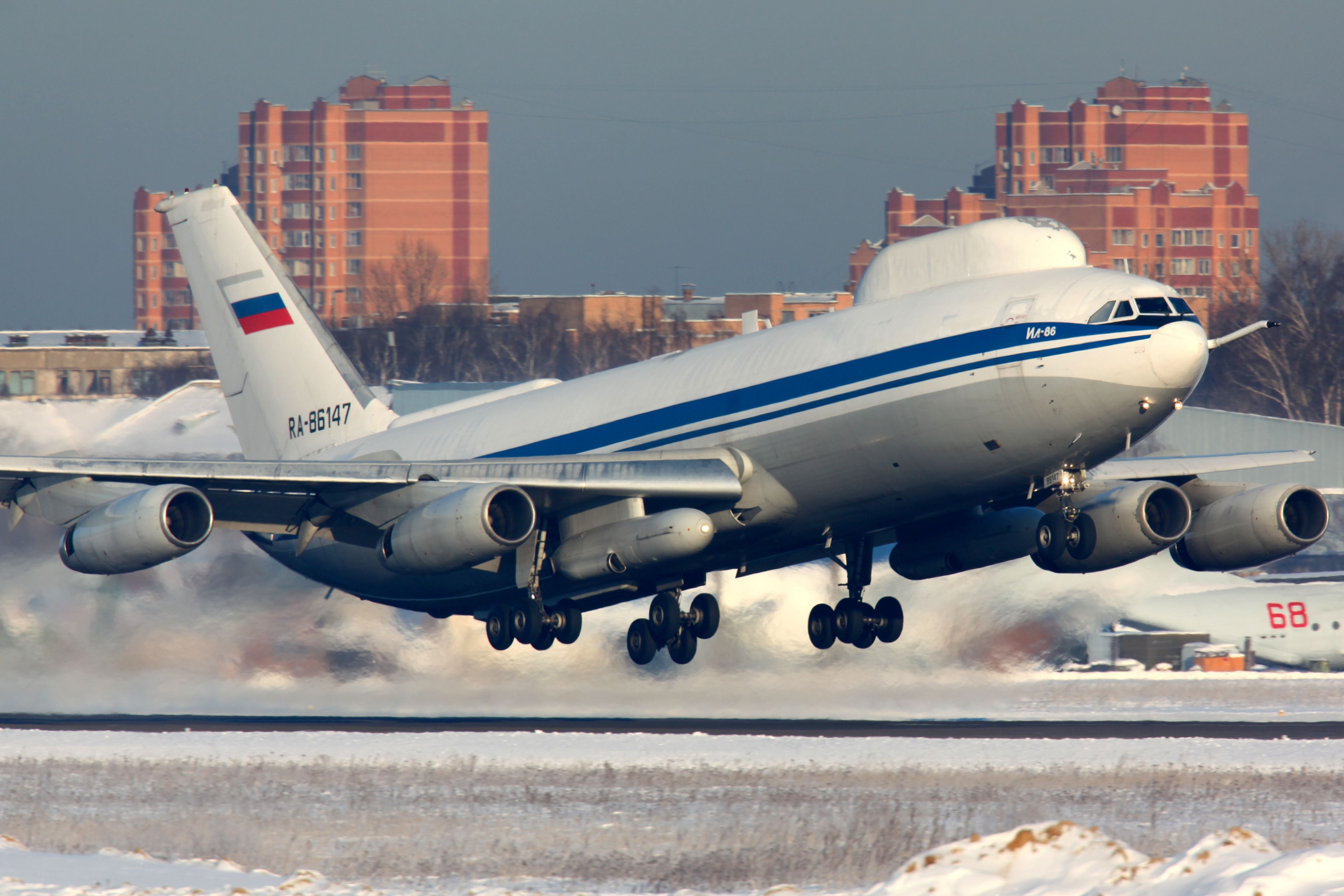
The White House “Tiger Team” (“Tiger Team”) is prepared to fight back if Vladimir Putin launches a nuclear or chemical offensive in Ukraine. The national security advisory group plans different scenarios and how the United States and its allies should respond. They do this in secret meetings held three times a week since the Russian invasion began on February 24. They are also evaluating possible responses if Kremlin forces enter the territory of neighbouring NATO countries to attack convoys carrying weapons and aid to Ukraine.
“There is a real threat that Russia will use chemical weapons in Ukraine,” President Joe Biden said before flying to Brussels to meet with European leaders with whom he discussed defense should Russia decide to extend the war beyond Ukrainian borders. And at the press conference following the summit, he added: “That would trigger a similar response.” Most military analysts believe that if Vladimir Putin is cornered with the bogged down troops without significant progress in ending the Kiev government, he would use all the resources he has in his nuclear and chemical/biological arsenal.
Russia has been falsely claiming for weeks that Ukraine is working on chemical and biological weapons programs funded by Washington. The Russian ambassador even presented it to the UN Security Council in an attempt to justify the invasion of Ukraine as necessary to stop this alleged manufacture of weapons of mass destruction. Russia routinely uses this “reverse mirror” tactic to blame the enemy for something being done by its own agents and soldiers.

“What we are seeing now is the deliberate bombardment of misinformation, propaganda and lies on this subject, which has every indication of being a precursor to the actual use of these weapons,” National Security Adviser Jake Sullivan said at a press conference. He declined to comment on whether intelligence services showed that Russia was moving chemical or biological weapons for use.
The “tiger team”, which is believed to be composed of military, intelligence analysts and legislators from the two parties, is also evaluating contingency actions regarding the possibility of Russia extending the war to neighbouring countries, including Moldova and Georgia, as well as how Europe should respond to the biggest refugee crisis since World War II. Those analyses are what Biden discussed at the closed meeting — cell phones and advisers were not allowed in the room — with the other 29 leaders of the countries that make up the Western military alliance, NATO.
One sign that the United States takes the nuclear threat launched by Putin very seriously in the first week of the war is that it took a radiation-proof plane to the presidential tour. The Boeing 747 E4-B aircraft is designed to survive the electromagnetic pulse resulting from a nuclear explosion and can stay in the air for days. It is known as the “Flying Pentagon” and would serve as a base for the US Secretary of Defense and other senior military personnel in the event of an atomic conflagration. This ship is officially called the National Air Operations Center, or NAOC, and is based at Tonopah Test Range (TTR) airport, one of the most famous secret air operations locations in the United States, second only to nearby Area 51, in Nevada. The press called it the “Doomsday Plane”, the Doomsday Plane.

Putin had already stirred the specter of nuclear war three days after the invasion and reminded the West of the power of the Russian arsenal. “Whoever tries to hinder us must know that Russia's response will be immediate,” Putin said in his speech to the nation. “And it will lead to consequences that you have never encountered in your history,” he added in a veiled threat.
In peacetime, the command and control of Russian nuclear forces cannot transmit launch orders, as if their circuits were disconnected. At least three people must be present: Putin, the Minister of Defence and the Commander of the Armed Forces. Pavel Podvig, an expert on Russian nuclear forces at the United Nations Institute for Disarmament Research, explained to The Economist that Putin's order put “the system in working order, connecting the cables”. Now the system can, if there is a nuclear explosion on Russian soil, launch weapons even if Putin is incapacitated.
Russia inherited some 35,000 nuclear weapons after the fall of the USSR and now has the largest arsenal of non-strategic nuclear weapons in the world. Between the United States and Russia they account for 90% of the global nuclear arsenal. According to the Federation of American Scientists, Russia leads with 6,200 nuclear weapons, the United States has 5,600, France 290 and the United Kingdom 225.

Putin has at his disposal a deployment of 1,456 strategic warheads in 527 ICBMs, bombers and submarine-launched ballistic missiles. The Carnegie Foundation for International Peace reported that the Russian army built bases for missile launches in Crimea, the Ukrainian peninsula that was annexed in 2014. Nuclear warheads are not believed to have been deployed there, but they have platforms for the Iskander missiles capable of doing so. The ground-launched Iskander is an extremely precise missile that can carry both conventional and nuclear warheads. It is believed that it was used in the first wave of Russian attacks against Ukraine. The Iskanders are also deployed in Kaliningrad, Russia's enclave on the Baltic Sea, alongside Poland and Lithuania, two NATO countries. There they also keep an arsenal of Kinzhal missiles, which are fired from airplanes and the SSC-8, an intermediate-range ground-launched missile that can carry both nuclear and conventional weapons.
And Team Tiger is working on the most realistic hypothesis that Russia could drop a “small” 4-kiloton atomic bomb (Hiroshima's was 16 kilotons). The US response to such action would be devastating for Russia, and the confrontation would affect the planet as a whole.
Senator Jack Reed, a Democrat from Rhode Island, who chairs the Armed Services committee, said yesterday that if Putin used a weapon of mass destruction - chemical, biological or nuclear - “there would be consequences” even if the use of the weapon were limited to Ukraine. He added that radiation from a nuclear weapon, for example, could reach a neighboring NATO country and be considered an attack on a NATO member.
It would be the scenario so many times announced. World War III would break out. Everyone says they want to avoid it at all costs because it means not only the destruction of the enemy but their own. Even Putin's pulse would tremble before launching a nuclear warhead.
KEEP READING:
Últimas Noticias
Debanhi Escobar: they secured the motel where she was found lifeless in a cistern
Members of the Specialized Prosecutor's Office in Nuevo León secured the Nueva Castilla Motel as part of the investigations into the case

The oldest person in the world died at the age of 119
Kane Tanaka lived in Japan. She was born six months earlier than George Orwell, the same year that the Wright brothers first flew, and Marie Curie became the first woman to win a Nobel Prize

Macabre find in CDMX: they left a body bagged and tied in a taxi
The body was left in the back seats of the car. It was covered with black bags and tied with industrial tape
The eagles of America will face Manchester City in a duel of legends. Here are the details
The top Mexican football champion will play a match with Pep Guardiola's squad in the Lone Star Cup

Why is it good to bring dogs out to know the world when they are puppies
A so-called protection against the spread of diseases threatens the integral development of dogs




